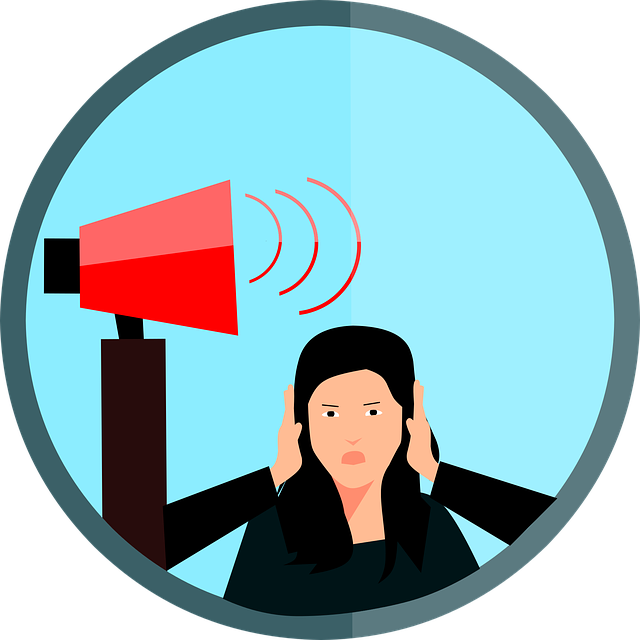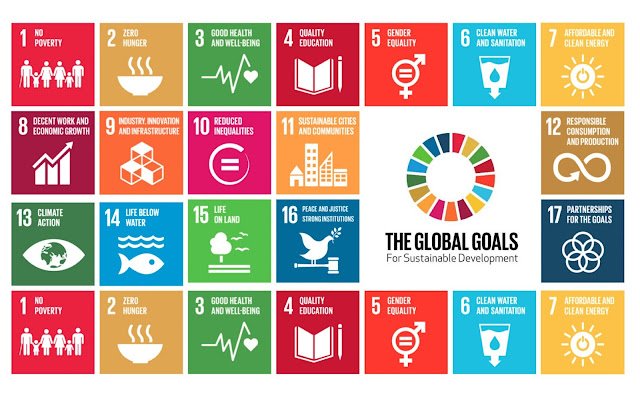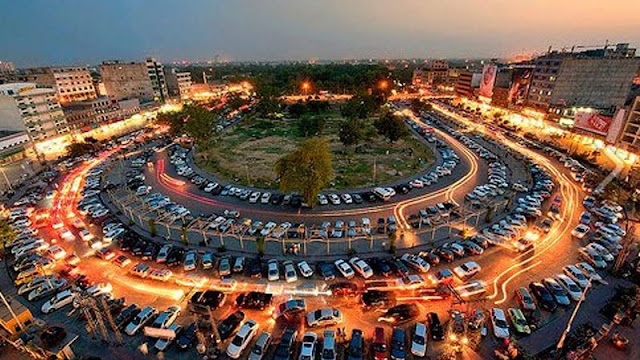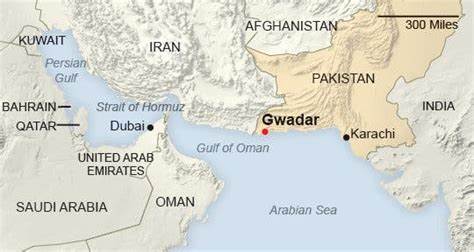Realize the hidden threats of noise pollution and its impacts on health, culture, and the environment. Analyze sources, effects, and solutions in this insightful article. Learn how collective action can create a more peaceful and harmonious world.
Table of Contents
- Introduction
- Sources
- Harmful Effects
- Harmful Effects on Nature
- Measurement and Assessment
- Causes and Consequences
- Noise vs. Music: Understanding the Difference
- Noise Pollution in Underdeveloped Nations
- Pakistani Culture and Unawareness
- Noise Control Measures
- Conclusion
- FAQs
Introduction
Noise pollution, often overlooked, is an invisible threat that affects our environment, health, and cultural practices. This article delves into the sources, impacts, assessment, and alleviation of noise pollution, highlighting its presence in underdeveloped nations and particularly focusing on Pakistan’s noisy culture and lack of awareness about its harmful effects.
Sources of Noise Pollution
Noise pollution arises from various sources, including:
- Traffic and Transportation: The constant hum of vehicles on roads and highways.
- Industrial Activities: Noise generated by factories and heavy machinery.
- Construction and Machinery: The clatter and drilling from construction sites.
- Public Events and Celebrations: Loud music and festivities at events.
- Loudspeakers and Amplifiers: Sound amplification systems used in public spaces.
- Domestic Activities: Household appliances, televisions, and parties.
Harmful Effects of Noise Pollution
Exposure to noise pollution has severe consequences on human health, including:
- Hearing Impairment: Prolonged exposure to high noise levels can lead to irreversible hearing loss.
- Sleep Disturbances: Noise disrupts sleep patterns, leading to insomnia and sleep deprivation.
- Increased Stress Levels: Continuous noise exposure elevates stress hormones.
- Cardiovascular Issues: Noise pollution is linked to heart problems and hypertension.
- Reduced Productivity and Cognitive Performance: Noise affects concentration and cognitive (brain) abilities.
- Disturbed Communication: Difficulty in effective communication due to excessive noise.
Harmful Effects on Nature
Noise pollution also affects animals in nature. Many creatures, like bugs, frogs, birds, and bats, depend on sounds for important things. Noise pollution can mess up how animals find a partner, talk to each other, move around, get food, and stay safe from other animals. This can even put animals that are already at risk in danger.
The issue of noise pollution is a big problem for animals that live in the ocean, especially those that use echolocation, like certain kinds of whales and dolphins. The oceans worldwide have a lot of confusing noises from ships, tests that shake the ground, and machines that dig for oil. One of the loudest and most harmful sounds underwater comes from special devices used by the Navy called sonars. These sounds can travel far through the water. They are connected to groups of whales and dolphins getting stuck on land.
Measurement and Assessment of Noise Pollution
Let’s talk about how we measure and understand noise pollution. We use something called decibels (dB) to measure how loud noises are. To give you an idea, here are some common sources of noise and their loudness in decibels:
- Conversation: 60-70 dB
- Busy Street Traffic: 70-85 dB
- Concerts or Loud Music: 110-120 dB
- Normal Conversation: This is around 60 to 70 decibels. Think of it as the sound level when you’re having a regular chat with someone.
- Busy Street Traffic: The noise from lots of cars on a busy street can be about 70 to 85 decibels. It’s a bit louder than a regular conversation.
- Concerts or Loud Music: When you’re at a concert or listening to really loud music, it can go up to 110 to 120 decibels. That’s quite loud!
Now, let’s talk about how we figure out if noise is a problem for a community. We look at the noise standards that are considered okay for a place. Then, we check if the noise from things like traffic or music is following these standards. If it’s too loud and breaking the rules, we need to find ways to control the noise. This helps keep our neighbourhoods comfortable and peaceful. Assessment involves gauging noise’s impact on community noise standards and identifying areas requiring noise control.
Causes and Consequences of Noise Pollution
Noise pollution results from excessive sound produced by human activities. The consequences include:
- Adverse Health Effects: Physical and mental health issues due to noise exposure.
- Interference with Daily Activities: Noise disrupts concentration and overall well-being.
- Negative Impact on Wildlife: Noise affects animal behaviour and habitats.
- Disruption of Ecosystems: Noise alters natural ecosystems and disrupts balance.
Noise vs. Music: Understanding the Difference
While both noise and music involve sound, the distinction lies in their purpose and arrangement. Music is intentional and structured, while noise is often unwanted and chaotic. Recognizing this difference is crucial in addressing noise pollution.
Noise Pollution in Underdeveloped Nations
Underdeveloped nations, struggling with various challenges, often overlook noise pollution. Similar to Pakistan, where cultural practices involve loud celebrations and a lack of awareness, many such countries need to prioritize noise control for their citizens’ well-being.
*Read more Reduce Pollution and Protect Environment – Pakistan Desk Net
Pakistani Culture and Unawareness of Noise Pollution
In Pakistan, cultural festivities involve exuberant celebrations accompanied by loud music and fireworks. Unfortunately, the harmful effects of noise pollution remain underestimated. Children play musical instruments emitting high decibel levels during Eid and Independence Day, unaware of the potential harm.
Noise Control Measures
Addressing noise pollution requires collective efforts and interventions such as:
- Implementing Noise Regulations: Enforcing laws to limit noise levels in public places.
- Promoting Public Awareness: Educating communities about the dangers of noise pollution.
- Using Noise Barriers and Insulators: Creating physical barriers to block noise propagation.
- Designing Quieter Machinery: Developing technology that produces less noise.
- Planning Urban Layouts: Designing cities to minimize noise impact.
Conclusion
In conclusion, we must pay attention to the often overlooked but serious dangers of noise pollution. We’ve explored where it comes from and how it affects us, from our health to our daily lives and even our environment. But it’s not all bad news – there are solutions to address this issue.
By understanding the sources and impacts of noise pollution, we can take important steps toward a healthier, more peaceful world. We now know that noise pollution isn’t just about annoying sounds; it’s about our well-being and the health of the ecosystems around us.
Collective action is key. When we work together to implement noise regulations, spread awareness, and use technologies that reduce noise, we can make a positive change. Imagine a world where our neighbourhoods are calmer, where we can hear the sounds of nature, and where wildlife isn’t disrupted by our activities.
Through awareness and practical efforts, we have the power to combat this widespread threat. Let’s create a soundscape that nurtures our physical and mental well-being, fosters harmony, and brings us closer to a more tranquil and balanced coexistence with our environment.
FAQs about Noise Pollution
1. What is noise pollution?
Noise pollution refers to the excessive and disruptive presence of unwanted or harmful sounds in the environment. These sounds, often originating from various human activities, can have adverse effects on both human health and the ecosystem.
2. Why is noise considered pollution?
Noise is considered pollution because, like other types of pollution, it has harmful effects on living beings and the environment. Excessive noise disrupts natural rhythms, interferes with daily activities, and can lead to various health issues for both humans and animals. Noise pollution disrupts the balance of the ecosystem and quality of life, similar to other forms of pollution like air and water pollution.
3. How does noise pollution affect humans?
Noise pollution can have significant negative impacts on human health. Prolonged exposure to high levels of noise can lead to hearing impairment, stress, sleep disturbances, increased heart rate, elevated blood pressure, and even contribute to cardiovascular issues.
4. What are the types of noise pollution?
There are various types of noise pollution, including:
- Transportation Noise: Noise generated by vehicles, aeroplanes, trains, and other forms of transportation.
- Industrial Noise: Noise produced by factories, machinery, and industrial processes.
- Construction Noise: Noise from construction sites, including drilling, hammering, and heavy machinery.
- Recreational Noise: Noise from concerts, festivals, and loud public events.
- Domestic Noise: Noise from household activities, such as appliances, televisions, and parties.
5. What is the definition of noise pollution?
Noise pollution is the presence of excessive, unwanted, or harmful sounds that disrupt the natural auditory environment and have negative effects on human health, well-being, and the ecosystem.
6. Why is noise pollution bad?
Noise pollution is considered bad for several reasons:
- Health Impact: Prolonged exposure to high noise levels can lead to physical and mental health issues.
- Disturbance: Noise disrupts peace, affecting concentration, communication, and overall quality of life.
- Ecosystem Disruption: Noise pollution can disturb wildlife, affecting their behaviour, communication, and even reproductive patterns.
7. Can you provide examples of noise pollution?
Examples of noise pollution include:
- Frequent aeroplane noise near airports.
- Construction activities cause loud drilling and hammering.
- High traffic noise on busy city streets.
- Music played at very loud volumes during events.
- Continuous loud noise from factories.
8. How does noise pollution affect the environment?
Noise pollution can have negative effects on the environment by:
- Disrupting Ecosystems: Wildlife can be disturbed by human-generated noise, altering their behaviour, migration patterns, and even reproduction.
- Impairing Communication: Animals that rely on vocalizations for communication may struggle to communicate effectively in noisy environments.
- Habitat Alteration: Some species might avoid areas with high noise levels, impacting their habitat choices.











👏👏👏👏